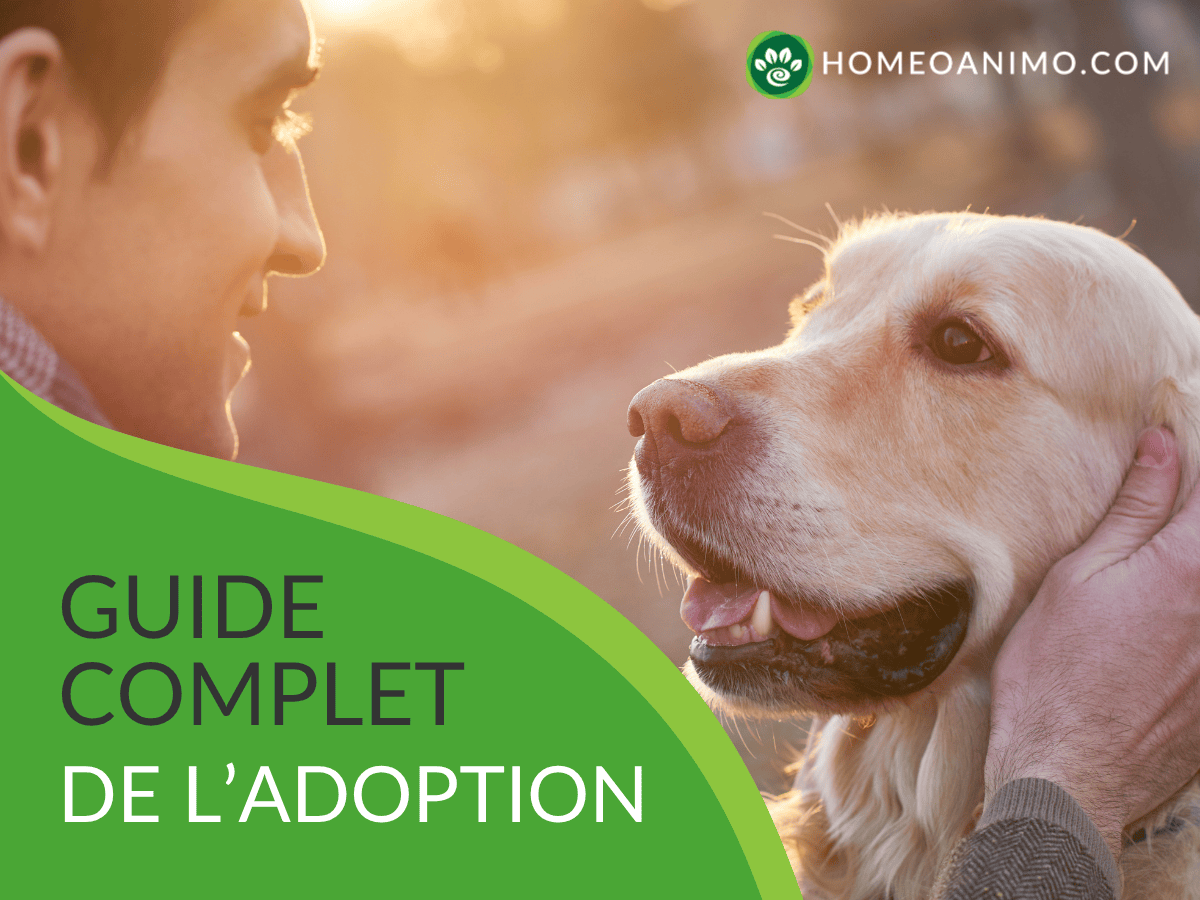
The Guide to the Perfect Pet Adoption: 6 Steps to Finding the Ideal Companion!
Adopting a pet is a wonderful decision, but it's also a serious commitment that requires thought and preparation. Whether you choose a puppy, a kitten, or a senior companion, a successful adoption depends on understanding its needs and providing a suitable environment.
This comprehensive guide from HomeoAnimo walks you through the crucial steps: from assessing your lifestyle to managing the first few weeks, including anticipating costs. Get ready to give your new companion the best life!
Summary
- Step 1: Self-Assessment – Am I ready?
- Step 2: The Budget – How much does it really cost?
- Step 3: The Responsible Choice – Where and which animal to adopt?
- Step 4: Preparing the Fireplace – Essential Equipment
- Step 5: The First Days – The 3-3-3 Rule
- Step 6: Integration – Routine, Socialization and Cohabitation
- Frequently Asked Questions (FAQ)
- Conclusion: A commitment for life
- External Sources
1. Step 1: Self-Assessment – Am I ready?

Before looking for your future companion, ask yourself the fundamental questions. Adoption should never be a spur-of-the-moment decision [1] .
The key questions:
- Time: How many hours a day will the animal be left alone? A puppy or an active dog cannot tolerate more than 4 to 6 hours of absence per day. Cats, although independent, also need play and interaction.
- Duration: Are you ready for a 10 to 20 year commitment?
- Accommodation: Does your home (house/apartment) and your landlord/condominium allow pets? Do you have a secure outdoor space for a dog? For a cat, your windows and balconies must be secure [2] .
- Holidays: Do you have a childcare plan or a budget for boarding facilities while you are away?
- Lifestyle: Are you sporty (ideal for a hunting or herding dog) or sedentary (more suitable for a calm cat or a senior dog)?
2. Step 2: The Budget – How much does it really cost?
The initial adoption cost is often minimal compared to recurring annual expenses.
Initial and annual costs to anticipate:
| Cost Type | Examples of Expenses | Frequency |
|---|---|---|
| Adoption/Purchase Fees | Shelters (often includes identification, vaccination, sterilization): €100 to €350. Breeders: €500 and up. For more details on fees, click here [3] . | Punctual |
| Initial Equipment | Collar/harness, leash, bowls, bedding, litter/scratching post (cat), transport cage, toys, brushes. | Punctual |
| Food | High-quality kibble and wet food (depending on size/species). Annual budget: €180 to €1200 on average [3] . | Monthly |
| Preventive Veterinary Care | Annual vaccinations, deworming treatments, antiparasitic products (fleas/ticks). | Annual |
| Emergency & Health | Unexpected expenses (accidents, illnesses). Consider pet health insurance. | Unexpected |
HomeoAnimo Tip: Quality nutrition and regular preventative care (including natural) can help minimize unexpected veterinary costs in the long term.
3. Step 3: The Responsible Choice – Where and which animal to adopt?
The most important criterion: temperament
Don't base your decision solely on appearance. Carefully read the animal's description and discuss its temperament with the shelter or breeder. For more information on the adoption process [4] , consult this source.
- Puppy/Kitten: Requires intense socialization, a lot of time and training.
- Adult: Often already has the basics of cleanliness and calmness. Its personality is already established, which facilitates adaptation to your lifestyle.
- Senior: Ideal for quiet homes. Less demanding in terms of activity, but may require more regular veterinary care.
Adoption Sites
- Shelters and Associations:
- Advantages: The animals are often microchipped, vaccinated, and spayed/neutered. They have generally had a health check and a behavioral assessment. Volunteers and staff can guide you toward the animal best suited to your lifestyle. It's a rescue that gives a second chance.
- Disadvantages: The adoption process can be strict (pre-adoption investigations). The animal's past is not always fully known, which can sometimes lead to behavioral surprises requiring patience and work.
- Professional and Responsible Breeders:
- Advantages: Allows you to choose a specific breed and get a clear idea of the parents' temperament. A good breeder ensures excellent early socialization of puppies/kittens and is transparent about the health of their bloodlines.
- Disadvantages: Higher acquisition cost. Requires thorough research to find an ethical breeder and avoid puppy/kitten mills.
- Private individuals (online ads):
- Advantages: Less formality, sometimes free or low cost.
- Disadvantages: Very risky. No guarantees regarding the animal's health, identification, vaccinations, or behavior. Risk of encouraging illegal trade or abandonment. To be avoided if possible, or approached with extreme caution and many questions.
4. Step 4: Preparing the Fireplace – Essential Equipment
Space planning
- The "Base": Set up the bed in a quiet place, away from frequent traffic. For the dog, this is its safe place where it should never be disturbed, according to the Adopter's Guide [5] .
- Food and Water: Place the bowls away from where the animal relieves itself (especially for cats). Water should be fresh and always available.
- Cat litter box: Place it in a discreet, quiet, and easily accessible location. For one cat, provide one more litter box than the number of cats in the house (e.g., 1 cat = 2 litter boxes).
- Safety: Eliminate risks: secure electrical wires, store toxic products (cleaning products, medicines, toxic houseplants).
5. Step 5: The First Days – The 3-3-3 Rule

Adaptation happens in stages. The 3-3-3 rule is an excellent guide for understanding the emotional process of your adopted pet:
- 3 Days: Stress and shock of change. The animal is often fearful, eats little, and may hide (especially the cat). It observes its new environment.
- 3 Weeks: Establishing a routine. The animal begins to understand the rules, to relax, and the first behavioral problems (separation anxiety, house soiling) may appear. It begins to show its true personality.
- 3 Months: Settling in and bonding. The animal finally feels safe, considers the home as its own, and has established a deep bond of trust with its family.
Tip: Let the animal come to you. Avoid forcing it, especially in the first few days. Speak to it calmly and reward positive behavior, as indicated in the Adopter's Guide [5] .
6. Step 6: Integration – Routine, Socialization and Cohabitation
Establish a Routine (Rules and Cleanliness)
- Routine: Establish fixed times for meals, walks (for dogs), and bedtime. Routine is essential for reassuring a pet.
- House training (Dog): Take the dog out very frequently (after waking up, playing, meals) and praise him immediately when he relieves himself outside.
- Education: Focus on positive reinforcement. Use rewards and praise rather than reprimands.
Living with Other Animals
The introduction must be gradual to avoid stress and territorial conflicts.
- Smell: Before the meeting, exchange the animals' blankets so they get used to each other's smell.
- First Meeting: Keep the dog on a leash. Let the cat be up high to feel safe. Never force contact. Reward both animals when they remain calm in each other's presence, as recommended by Dalma [6] .
- Resources: Separate the food bowls and resting areas to avoid competition, especially at the beginning.
Frequently Asked Questions (FAQ)
Q1: My cat/dog hides all the time. Is this normal?
A: Yes, it's very common and normal, especially in the first 3 days (the 3-3-3 rule). Hiding is a coping mechanism. Leave his hiding places (boxes, quiet corners) and let him come to you. Forcing interaction will only increase his stress.
Q2: What should I do if my pet is unclean at first?
A: Never punish him. If it's a cat, check the number and cleanliness of the litter boxes. If it's a dog, take him out more often. If he relieves himself in front of you, ignore him, clean up without him seeing you, and increase the rewards when he goes in the right place. If the problem persists after a few weeks, consult a veterinarian or an animal behaviorist.
Q3: How long does it take for them to get along with my first pet?
A: It varies enormously. Some get along in a few days; others need 6 to 8 weeks to establish stable cohabitation routines. The key is patience, gradual progress, and constant supervision.
Conclusion: A commitment for life
Adoption is one of the greatest gifts you can give. Success lies in preparation, patience, and unconditional love. By understanding your companion's needs, anticipating challenges, and remaining consistent, you will build a lasting and fulfilling relationship.
The work of the first few weeks will bear fruit for many years of happiness to come!
If you're concerned that your pet might be suffering from a health problem, our Free Pet Health Consultation can help. In addition to receiving advice and recommendations from our Natural Health Consultants, they will also guide you through the products and treatment options best suited to your pet's health needs.
External Sources
- The SPA (Society for the Protection of Animals). Responsible adoption in our shelters.
- SantéVet. Advice for adopting a cat under good conditions.
- Solidarity-People-Animal. Cost of an adoption: what are we paying for?
- The Saint Bernard Fund. The adoption process: where and how to adopt an animal.
- SRPA (Royal Society for the Protection of Animals). Adopter's Guide.
- Dalma. Welcoming a dog when you already have a cat.





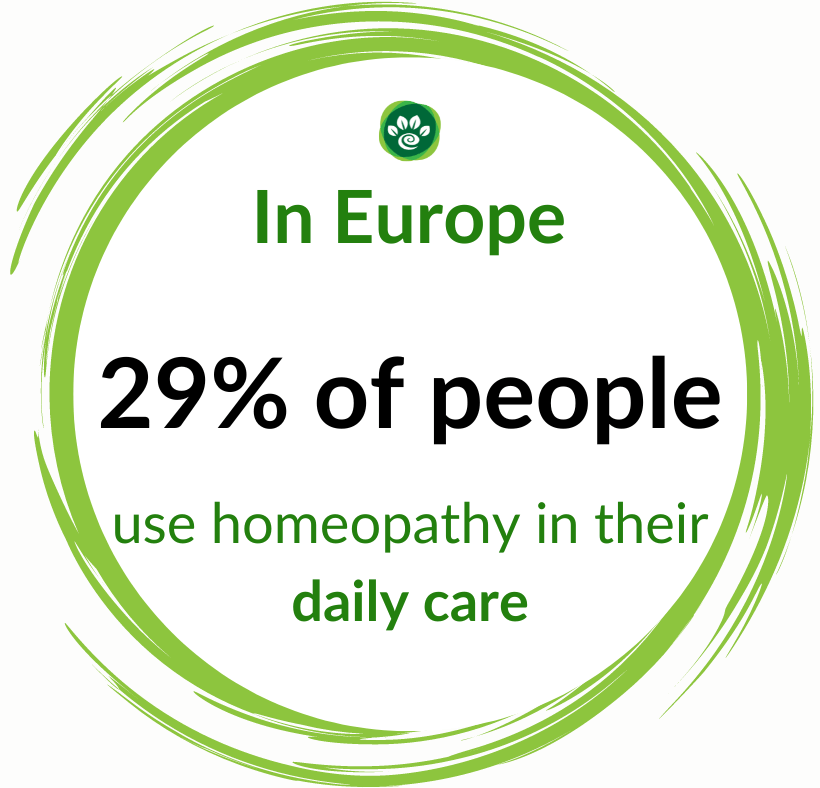















Leave a comment
This site is protected by hCaptcha and the hCaptcha Privacy Policy and Terms of Service apply.